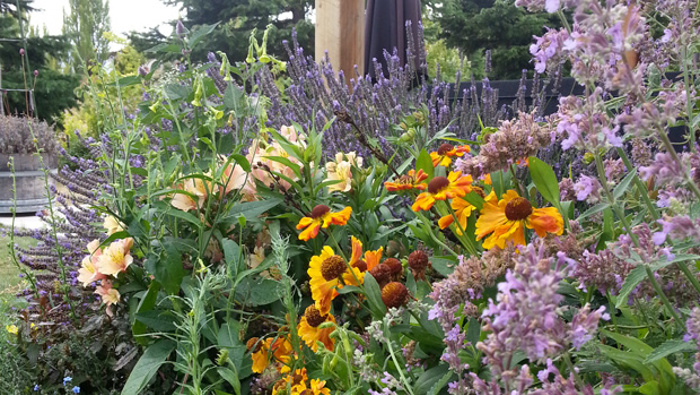White fluffy pests – Mealybugs
One of the rottenest pests gardeners can get on their plants are Pseudococcuslongispinus, or any of its close relatives.
Longispinusis derived from the word meaning “with a long spine or tail” – so we’re talking about the Long-Tailed Mealybug.
To identify these insects, you’ll need good eyesight. The way to start your identification is to look for dense, white patches of silkall over your plants, especially over the leaves and on the stems.
If you scrape off the fluffy white deposits, you’ll get to the insects hiding underneath that fluff. Big ones and smaller ones all living together out of the rain and out of the sun. 1-4mm in size.
They eat a massive range of plants, both edibles and ornamentals.

The spines and tails give the game away – there are also droplets of honeydew in amongst the mix.
These insects feed by plumbing their mouthparts into the veins of the plants where they extract honeydew, a sweet sap that contains Nitrogen which makes the young bugs grow.
Ah! Yes … the group of sap-sucking bugs is the only invertebrate cohort that can be called “Bugs” in the naming game of Entomology!
They ingest the sap and poop out honeydew. But their numbers and activities on your plants are debilitating for the plants, causing yellowing and ill-thrift, plus black sooty mould all over the place.
Control is difficult: the white, fluffy, silky stuff makes the bugs waterproof. Water-based sprays cannot penetrate through their skin, unless you use some systemic insecticide that is taken up by the plants. Groventive is such a systemic spray but read the label and you find it cannot be used on edible crops!
Conquerer Oil and Neem Oil are non-systemic treatments that will give the immature Mealybugs a run for their money (suffocation and inhabit their feeding from the plant). But it will require regular spraying (once a week) until all bugs have starved to death or suffocated.
Thoroughly cover the infested plant – and don’t forget the underside of the leaves too!
Take your Radio, Podcasts and Music with you










